Emergency lighting is crucial when it comes to the safety of facilities but can often be forgotten until an actual emergency arises. There are certain codes that building managers have to follow to ensure the protection of their occupants. It is also up to the building managers to stay updated as the codes possibly change. These codes are upheld by city officials and are the most common code violation found during inspections of buildings. Some of the codes include how many lights are in hallways and stairwells and how quickly an emergency light will turn on after a power outage.
Code standards can vary based on the location of the facility and what type of facility it is. Some may require more lighting than others or in certain parts of a building. Fire protection and exits are also crucial when engineers are designing a building and when building managers are maintaining their facility. One of the most common emergencies facility occupants will encounter is a power outage. Even if specific rooms may not be required by code to have emergency lighting, it is still a good idea based on the usage, such as restrooms or storage closets.
If your facility that holds lots of occupants such as an office or apartment complex, it is a good idea to look into the code book of your town or city. The safety and security of your building occupants is of the utmost importance.
Click here to read the full article originally posted on FacilitiesNet.
Hospitality Lighting: Creating the Perfect Atmosphere for Guests
Learn the importance of Hospitality Lighting in shaping the atmosphere and comfort of dining and lodging experiences.

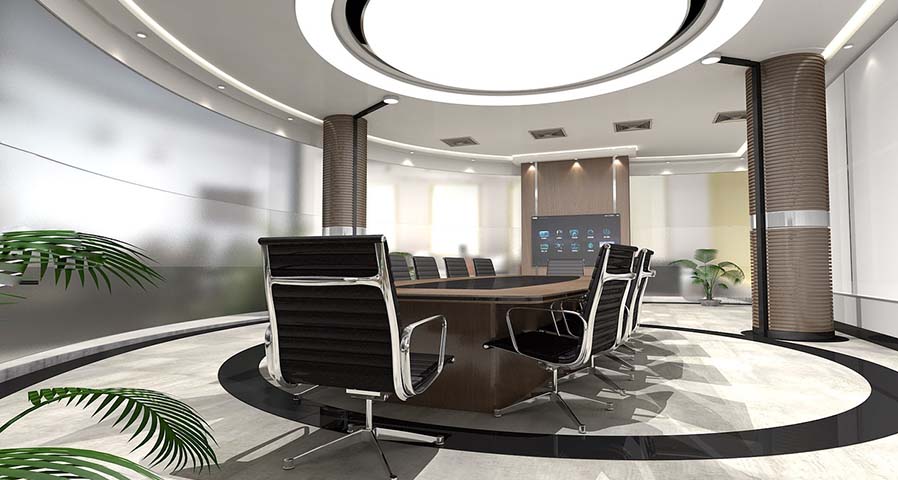

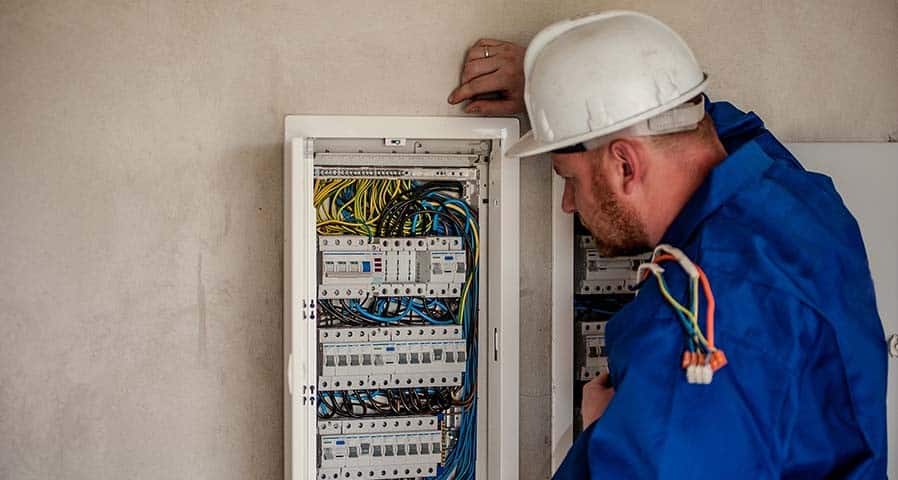
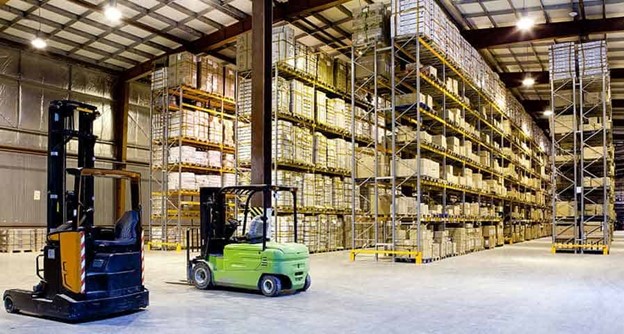
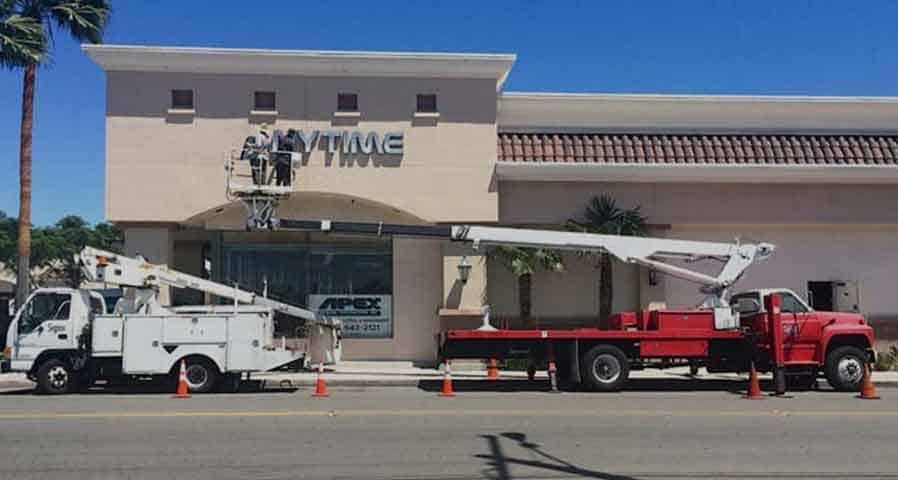

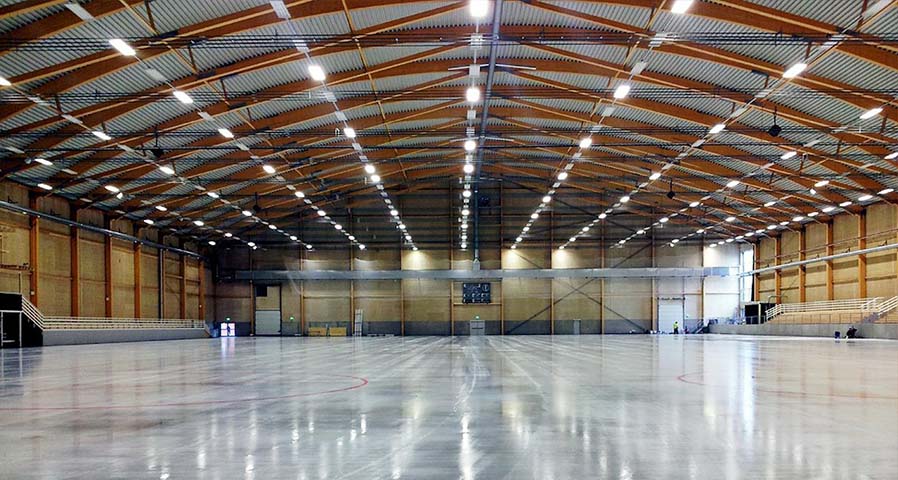
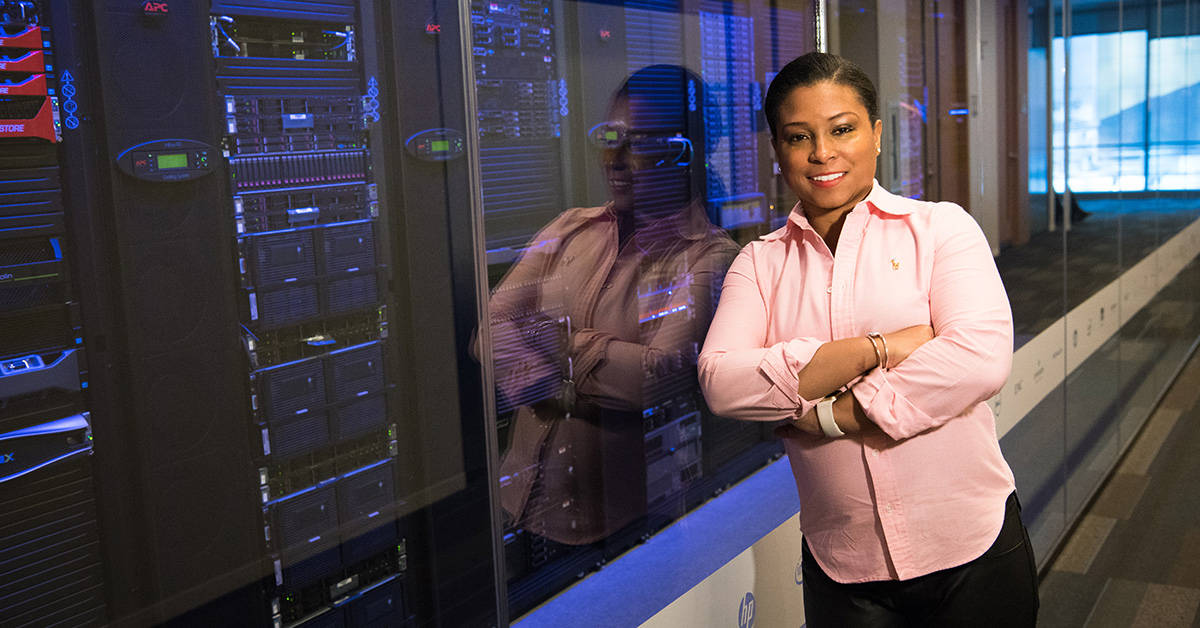







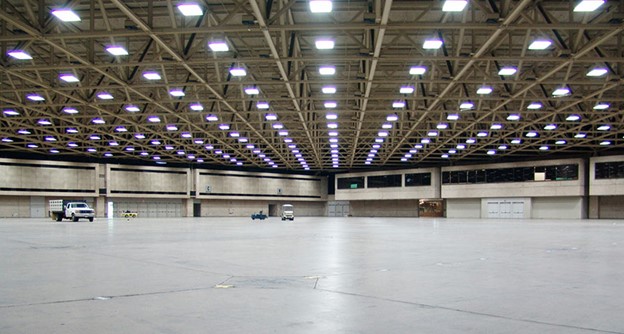


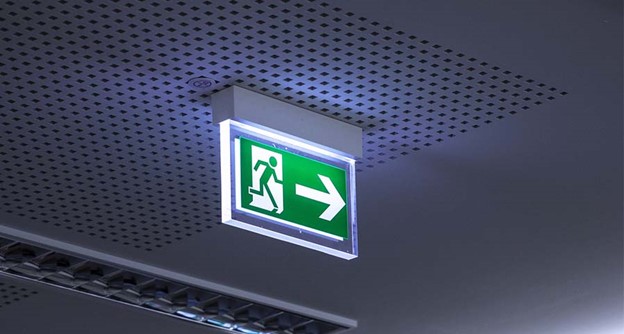

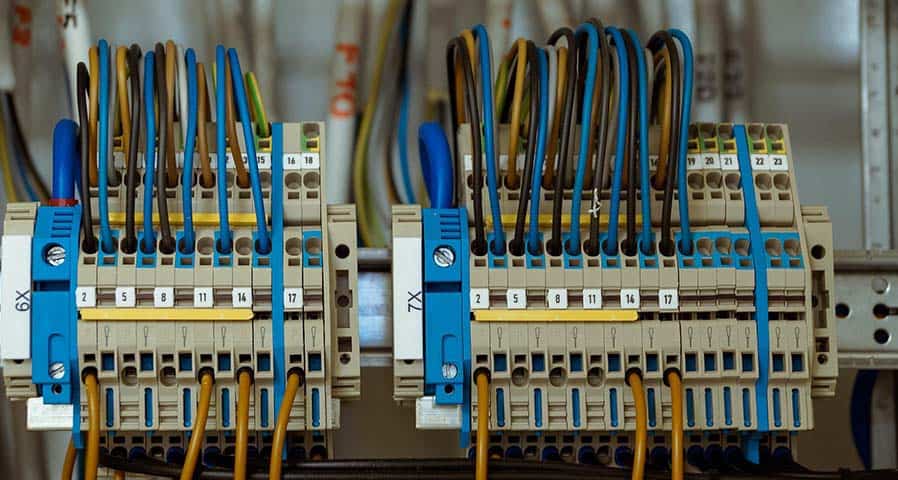


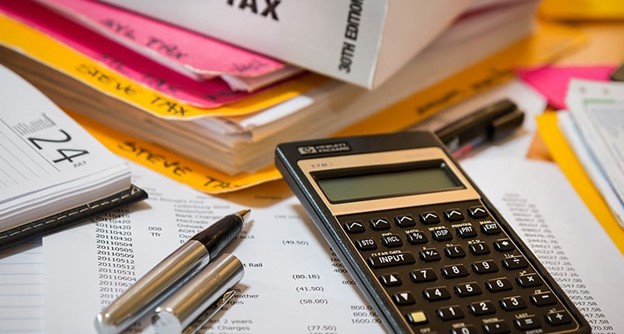

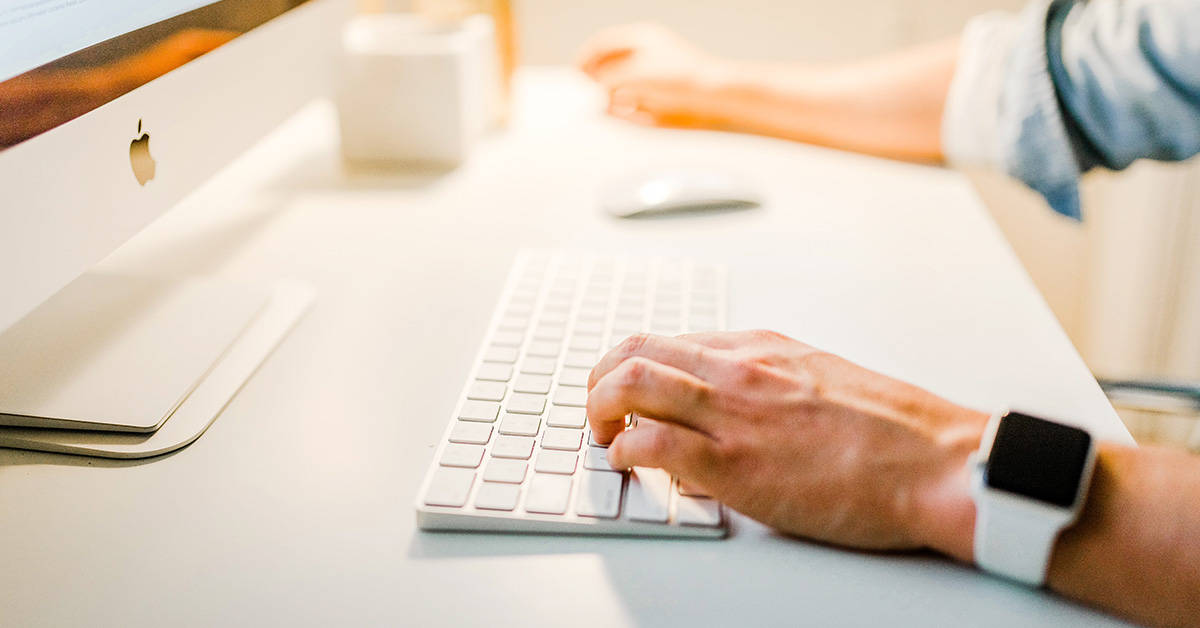
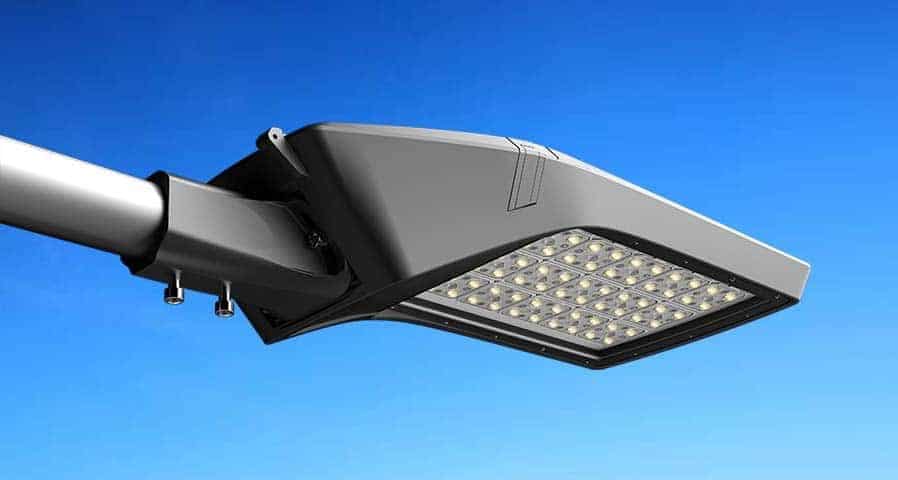
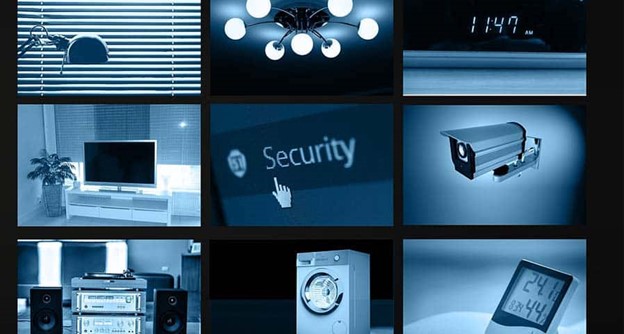
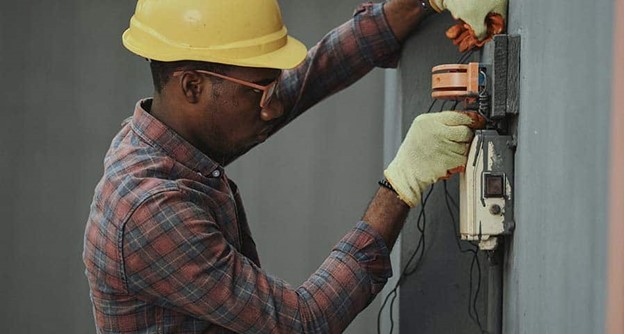








0 Comments